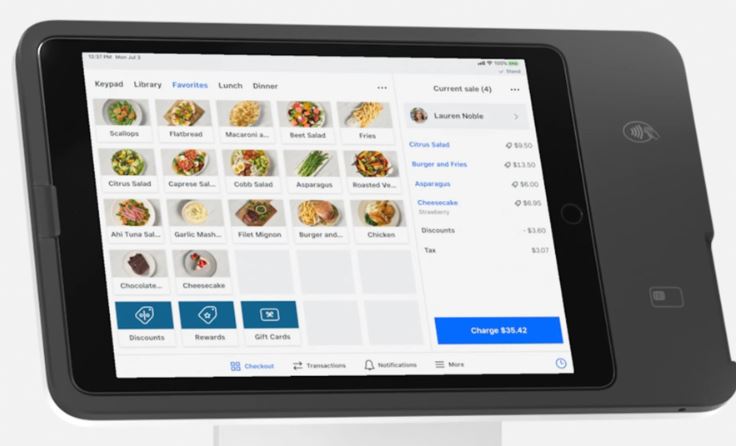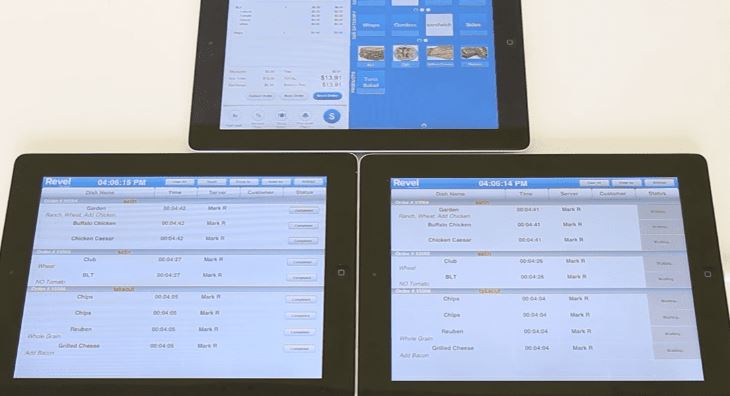Offline transactions can be a game-changer for your business, ensuring uninterrupted sales even when connectivity falters. Discover the best practices for navigating offline transactions effortlessly. Simplify your processes, enhance customer experience, and safeguard your revenue streams.

Optimize Data Synchronization
Ensure your POS system seamlessly syncs data when reconnecting. Prioritize a robust synchronization mechanism to update transactions, inventory, and customer information in real-time.
Implement Local Caching
Enhance offline functionality with local caching. Store critical data locally, allowing the POS system to retrieve information even without an internet connection. This minimizes disruptions during downtime.
Streamlined User Interface
Design an intuitive and user-friendly interface for offline transactions. Simplify the steps involved in processing sales, refunds, or exchanges, empowering your staff to handle transactions effortlessly.
Secure Payment Processing
Prioritize security in offline payment processing. Implement encryption and tokenization to protect sensitive payment information, assuring customers that their data is safe during offline transactions.
Offline Transaction History
Provide visibility into offline transaction history. Empower your staff to access comprehensive records, aiding in tracking sales, managing inventory, and understanding customer preferences when offline.
Automated Alerts and Notifications
Implement automated alerts to notify both staff and management when the system transitions to offline mode. Proactive notifications enable swift decision-making and troubleshooting.
Customer Communication Tools
Equip your POS system with tools for communicating with customers during offline periods. Automated emails or SMS can update customers on transaction statuses and when to expect confirmation.
Offline Inventory Management
Ensure your POS system seamlessly manages inventory, even without an internet connection. Update stock levels, trigger reorder alerts, and track product movement accurately.
Efficient Data Recovery
Prioritize a robust data recovery strategy for when the system reconnects. Implement protocols to identify and resolve any discrepancies in transactions, ensuring accurate record-keeping.
Continuous Staff Training
Regularly train your staff on handling offline transactions. Familiarize them with the procedures, troubleshooting steps, and the importance of maintaining a smooth customer experience during connectivity issues.
Customizable Offline Receipts
Enable your POS system to generate customizable offline receipts. This allows businesses to maintain professionalism even in offline scenarios, providing customers with detailed transaction summaries.
Partial Offline Functionality
Design your POS system to allow partial offline functionality. While some features may require an internet connection, essential transaction capabilities should remain available, ensuring minimal disruption during connectivity gaps.
Dynamic Pricing Strategies
Implement dynamic pricing strategies for offline transactions. Offer exclusive discounts or promotions during offline periods to incentivize purchases and retain customer satisfaction.
Inventory Forecasting
Integrate inventory forecasting tools within your POS system. This enables businesses to predict stock needs and plan, minimizing the impact of connectivity issues on inventory management.
Multi-Device Synchronization
Extend offline capabilities across multiple devices. Ensure that all terminals within a store synchronize seamlessly to avoid discrepancies in inventory and sales records during offline periods.
Automated Offline Mode Activation
Incorporate automated triggers for offline mode activation. When the POS system detects connectivity issues, it should transition smoothly into offline mode, reducing the need for manual intervention and streamlining the user experience.
Real-Time Reporting Post Reconnection
Provide real-time reporting once the POS system reconnects. Instantly update managers and staff on transactions processed during offline periods, allowing for swift decision-making and strategic adjustments.
Localized Tax Calculations
Customize tax calculations for offline transactions based on local tax rates. This ensures compliance with regional tax regulations and prevents inaccuracies in tax-related records.
User Access Controls
Implement granular user access controls for offline functionality. Define roles and permissions to restrict or grant access based on staff responsibilities, maintaining security during offline operations.
Implementing these best practices will not only fortify your business against connectivity challenges but also elevate the efficiency and reliability of your POS system for offline transactions. Stay ahead in the competitive retail landscape with a seamless offline experience for both your team and customers.
